This article discusses the importance of frame rate, specifically when photographing perched birds and insects taking flight. As photographers each of us has our own approach on how we use our camera gear. I appreciate that many people use continuous auto-focus for the bulk of their photography that involves wildlife subjects in motion.
NOTE: Click on images to enlarge. If you would like to view this article in a range of other languages click on the Canadian flag in the upper right hand corner.

I use continuous auto-focus when photographing birds that are already in motion, like the swans in the above image.

Or… when capturing photographs of birds that are already in free flight.

Or… when capturing images of hard to predict, spontaneous interactions between subjects.

When it comes to perched birds or insects that can be realistically expected to take flight, my ‘go to’ approach is to use the fastest frame rate my camera provides.

For my E-M1X, this is Pro Capture H with a frame rate of 60 frames-per-second. If I owned an OM-1 or OM-1 Mark II, I’m sure I’d be routinely using a frame rate of 120 frames-per-second with those cameras, rather than using continuous auto-focus in specific situations.
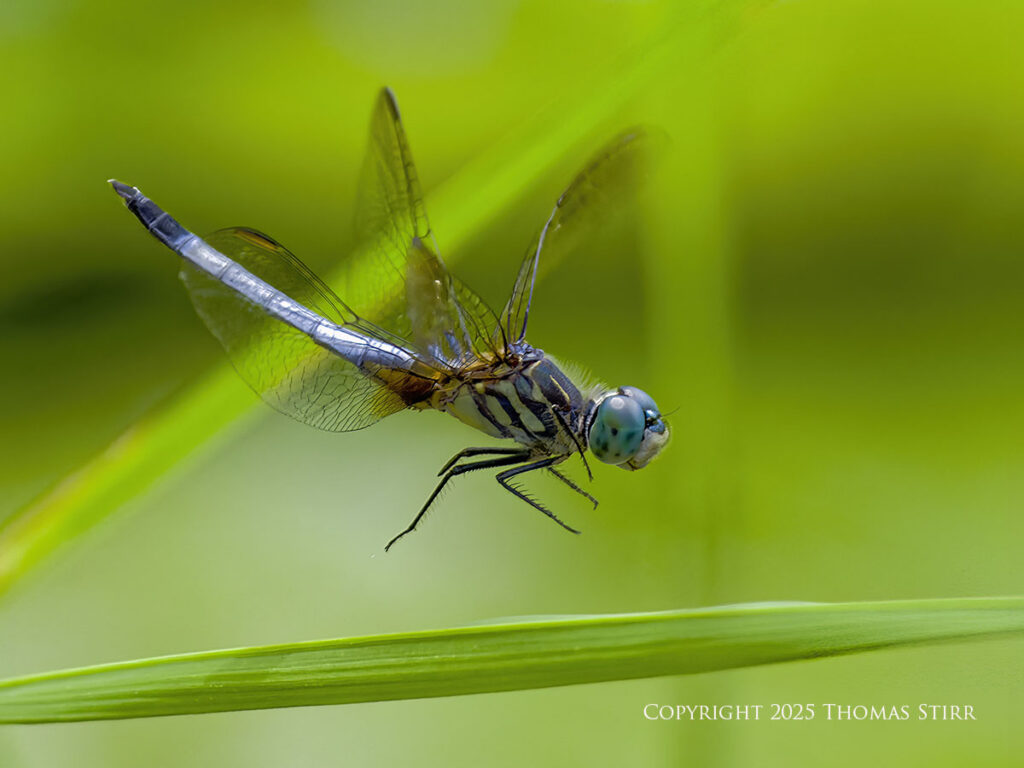
The reason for that is very simple. For my style of photography, a faster frame rate is far more important to me than using continuous auto-focus. Specifically in situations when my subject is taking flight. It is a simple matter of mathematics and putting the odds in my favour. More on that a bit later.

Experience has taught me, that as long as my shutter release timing is appropriate for the subject bird, it typically doesn’t move fast enough, or far enough, to fly out-of-focus when I use Pro Capture H at 60 frames-per-second.

My Pre-Shutter Frames and Frame Limiter are both set to 15. This gives me a shutter release response time of 1/4 second. This works well for me.

Since the maximum frame rate of my E-M1X is 18 frames-per-second when using continuous auto-focus, I can capture 3.33 times the number of action images when I shoot in Pro Capture H at 60 frames-per-second. That dramatically increases my odds of getting some useable images.

With Pro Capture H in my E-M1X, the first frame locks focus and exposure for the rest of the images that follow. So… there is some risk that the subject may move out-of-focus by flying at an angle to my shooting position, and venturing outside of the depth-of-field locked in by my first frame.

From my perspective that is a very small risk when compared to the reward of capturing 3.33 times more action photographs per image run.

Many of my all-time favourite images of birds-in-flight, and insects in flight, were captured using Pro Capture H at 60 frames-per-second… and not using continuous auto-focus.

Some of these photographic opportunities have only happened a few times in my life thus far. I certainly want the odds in my favour whenever possible!

Using faster frame rates is all about increasing the odds of getting some unique body and wing positions with birds taking flight.
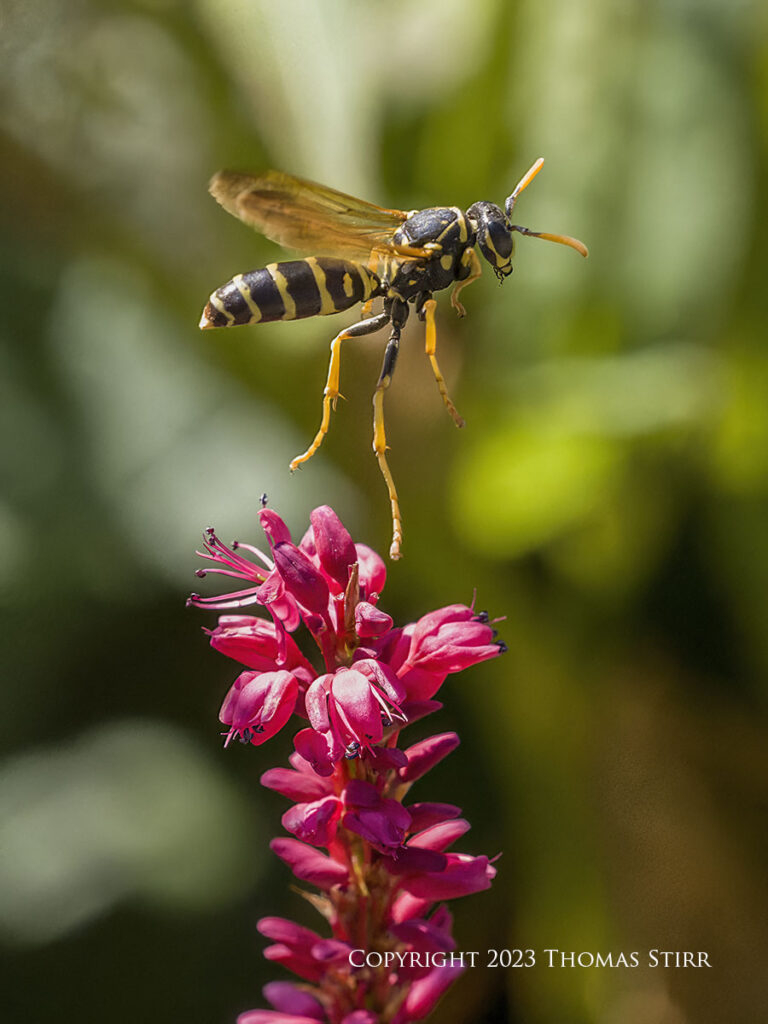
Or reliably capturing insects going about their business in their environment.

Fast frame rates also are beneficial when trying to photograph mating behaviours of small, quick birds like swallows.

Using a fast frame rate can make the difference between capturing a beautiful wing spread of a butterfly… or missing the shot altogether.

Or catching a fly in flight with a macro set-up.
Using a single, small auto-focus point to photograph a green heron obscured by some tree branches is sometimes our best option.

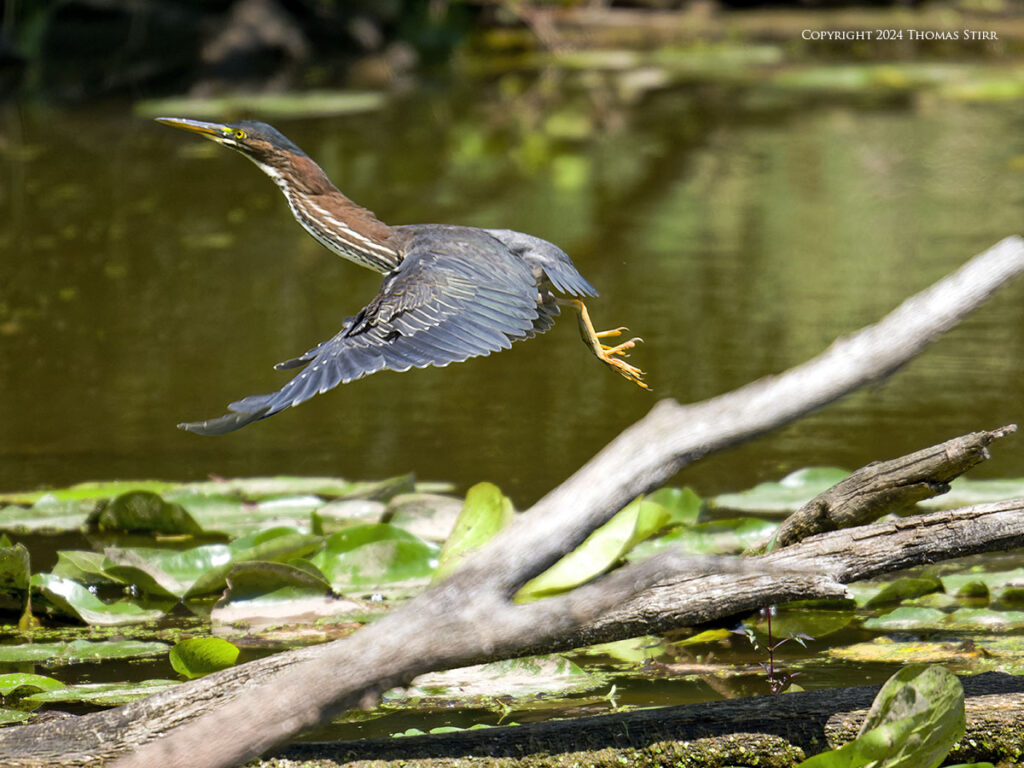
A fast frame rate enables us to capture a good series of incremental action images… even with a bird that was obscured at the start of the image run.

Faster frame rates create a broader selection of images from which to choose, and enables us to capture precise moments easily and effectively.

The image above is one of my all-time favourite bird photographs. I had watched this bird dive a few consecutive times for food. I sensed that it would repeat that behaviour the next time it surfaced. By using a frame rate of 60 frames-per-second I was confident that I could capture the very precise moment illustrated in this image.
It can be easy to fall into habitual use of our camera gear… like always using continuous auto focus to photograph birds taking flight… and not giving our frame rate that much thought. This often leads to us using less than optimal frame rates.
The following eight consecutive images were shot handheld through my kitchen window two days ago. All of these eight consecutive images were captured in a total of about 1/8 of a second.
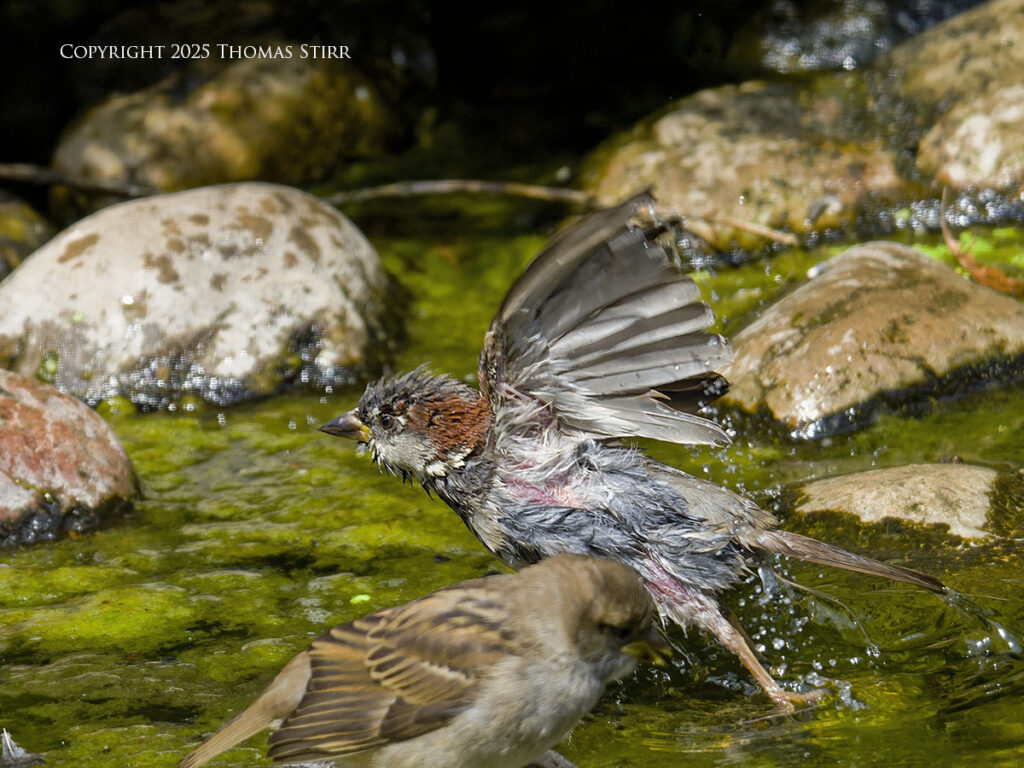
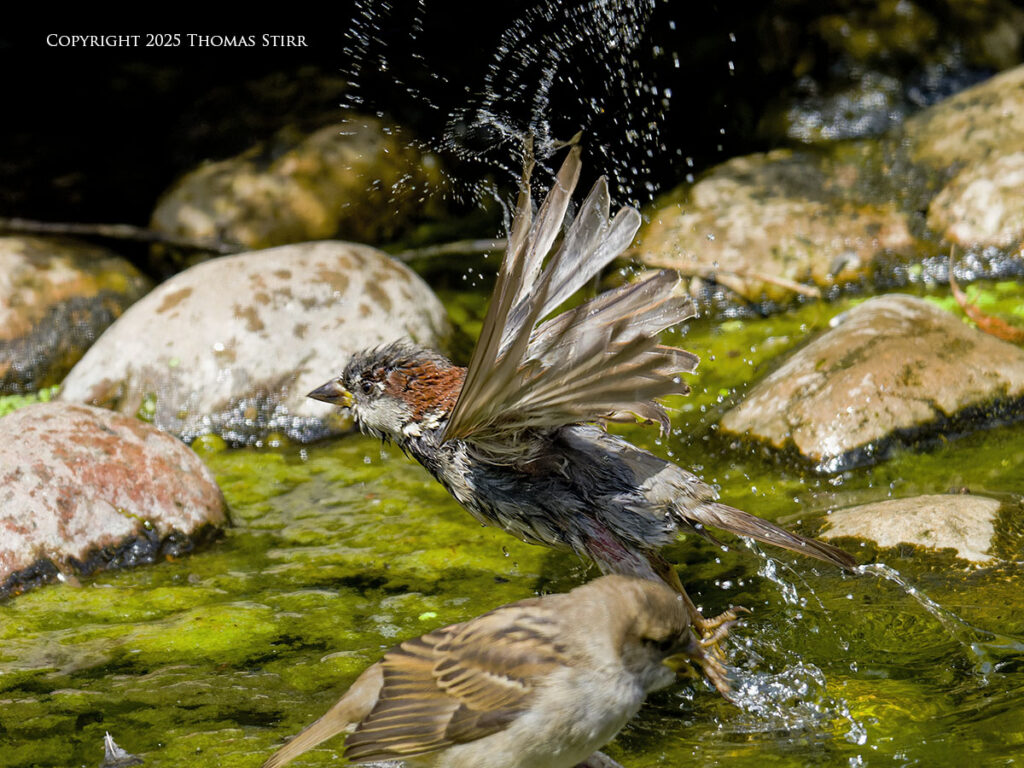
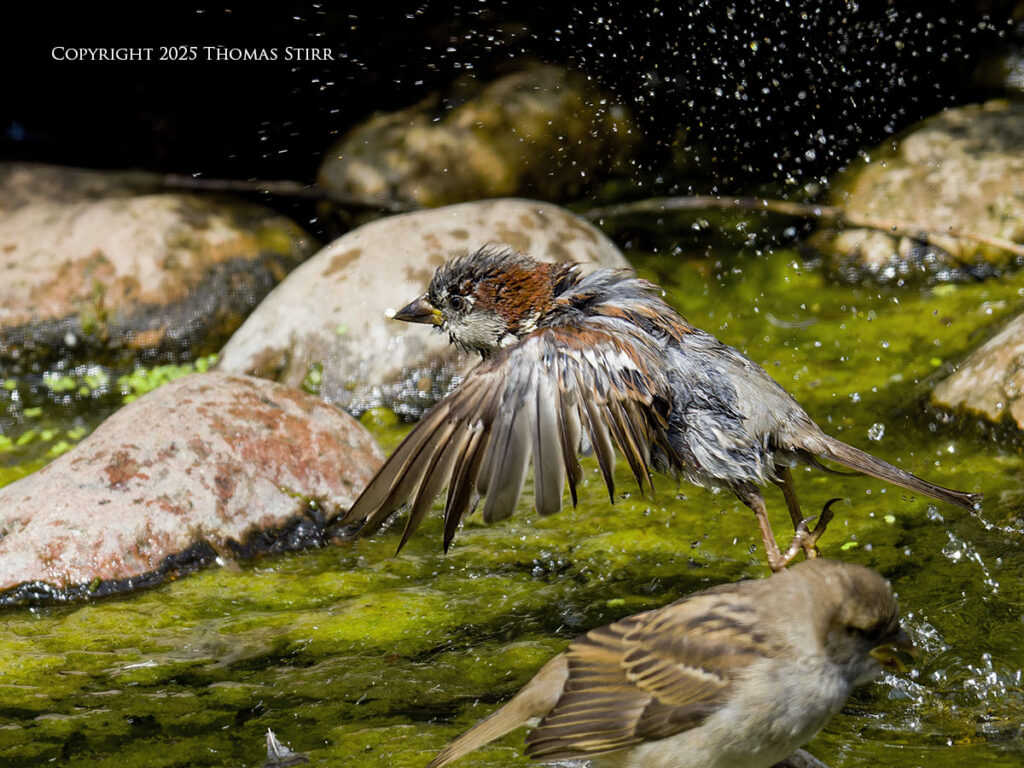
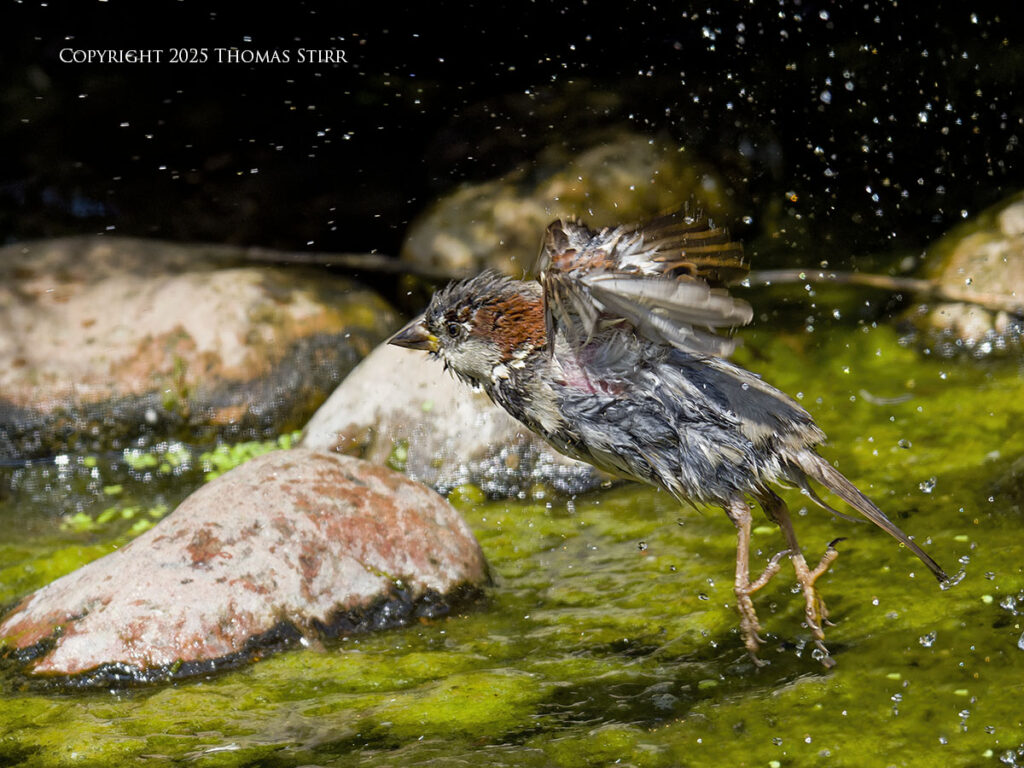
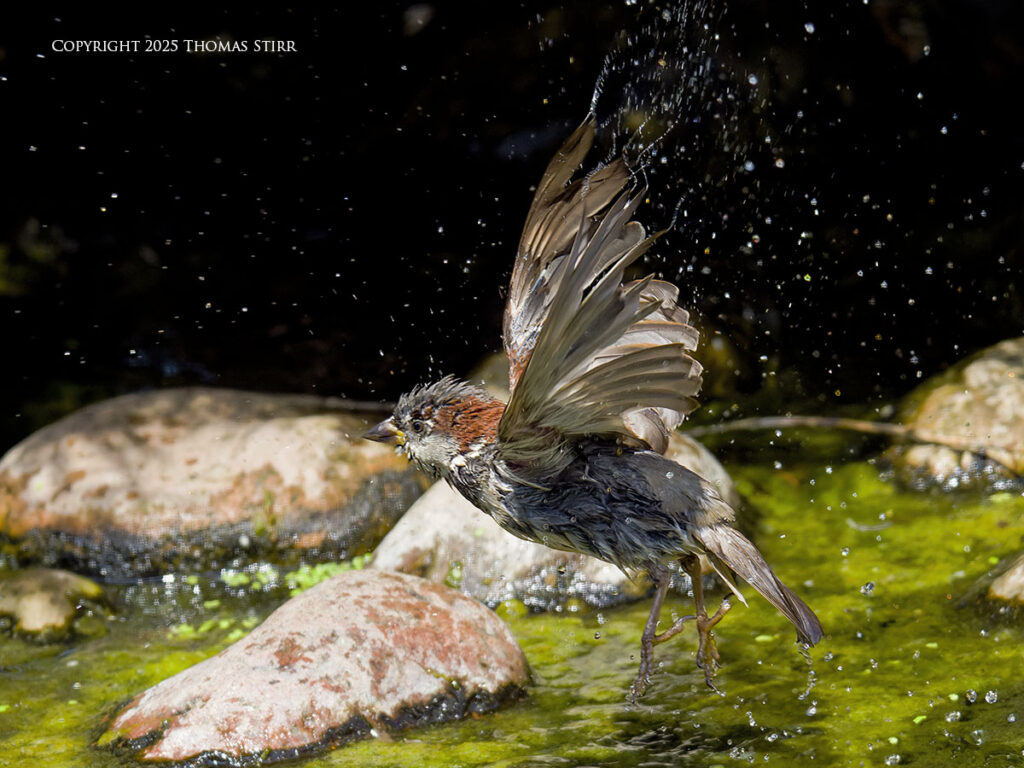
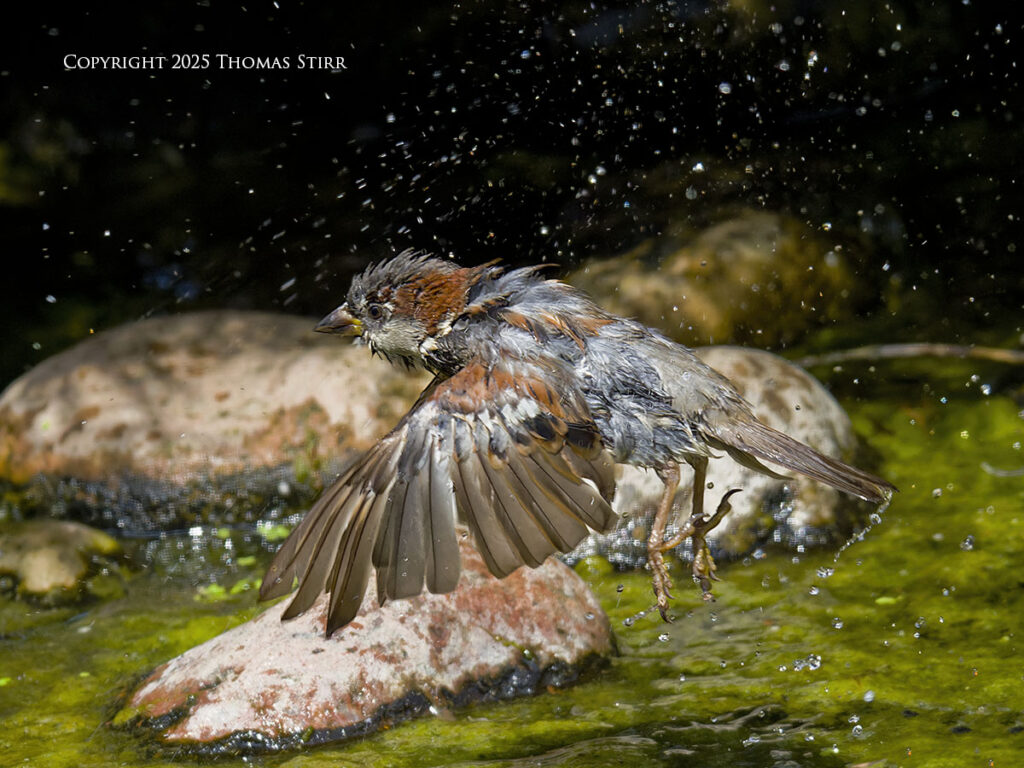
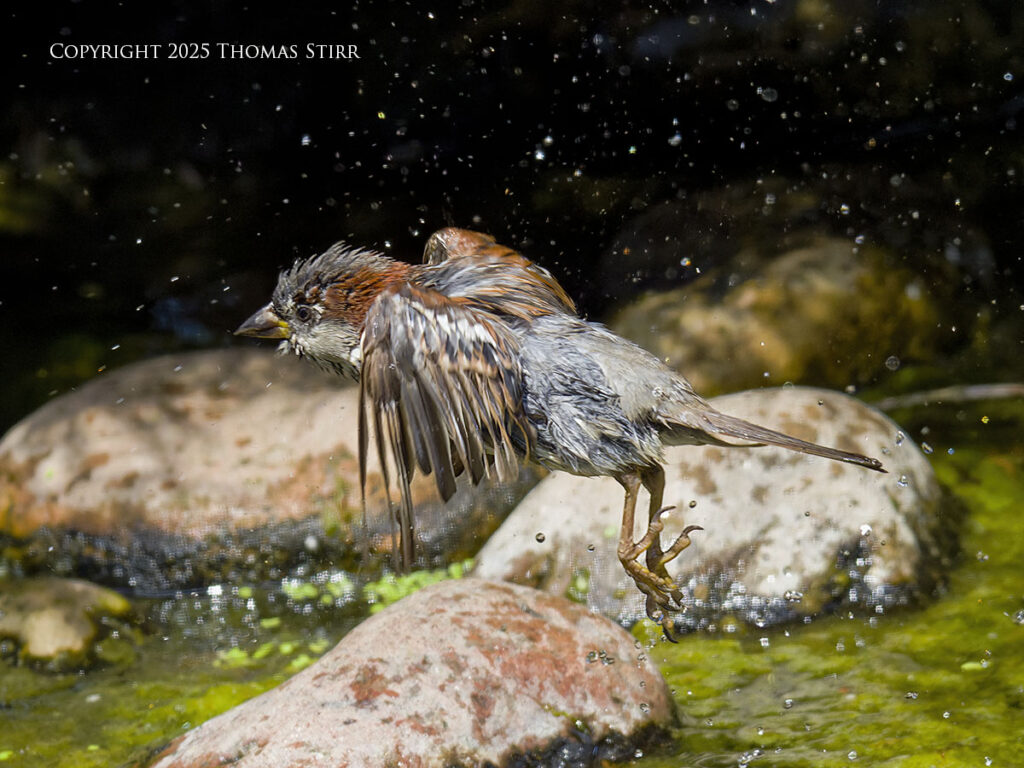
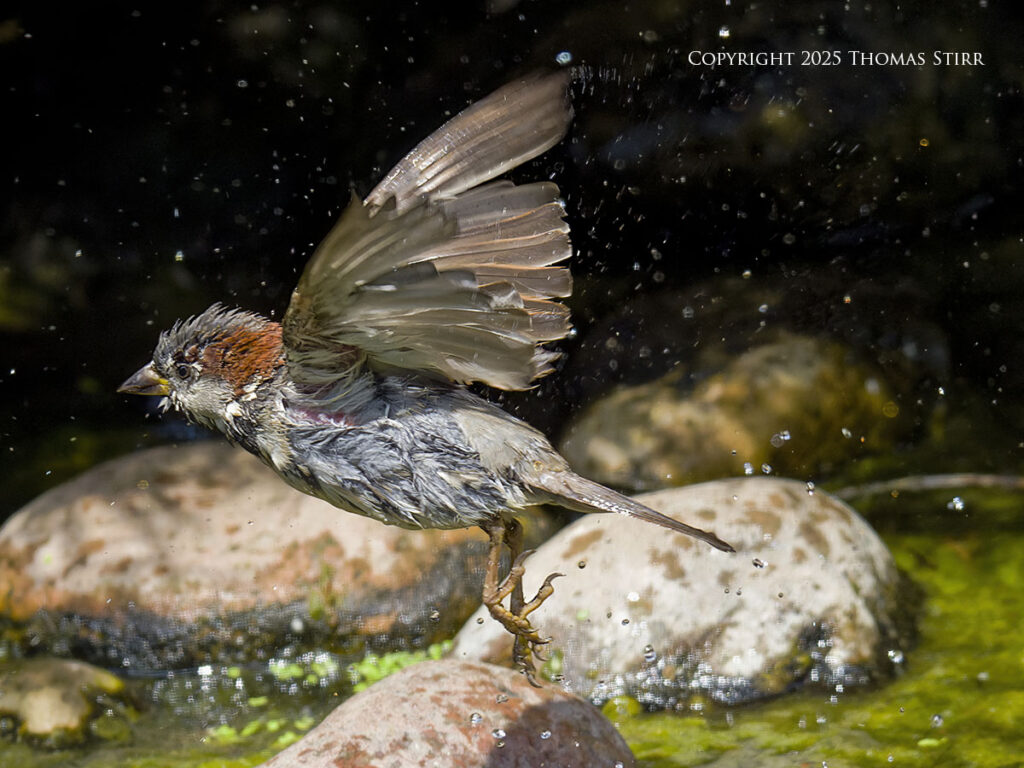
You can see from the EXIF data that I used Pro Capture H. As noted earlier, this locks focus and exposure based on the first frame of an image run.
If I would have used continuous auto-focus to capture this bird action with Pro Capture L, I would have been limited to 18 frames-per-second. That means that I would have only captured 30% of the 8 consecutive images you just viewed (i.e. 18/60 = 0.3).
So, using a frame rate of 18 frames-per-second would have allowed me to capture only 2 images… or perhaps 3 if I was incredibly lucky. Which 5 or 6 of the above photographs would I have missed from the image run above? I have no idea.
It is likely that I would have captured two completely different images. Whether they would have been useable or not is a question that can’t be answered.
What I do know, is that using a fast frame rate of 60 frames-per-second rather than 18 frames-per-second with continuous auto-focus… increased my odds of success by 333%. I’ll take those odds any chance I can.
Some of you reading this article may own an OM-1 or OM-1 Mark II. And, you may happen to own a lens that is compatible with their 50 frame-per-second continuous auto-focusing capability. You may be thinking… “Well, I’m already shooting at 50 frames-per-second rather than 60 frames-per-second. That’s no big deal.” That’s not really the point.
The point is that you could be shooting at 120 frames-per-second rather than at 50 frames-per-second. When we consider specific photographic opportunities where locking focus and exposure can be done, you could increase your chances of success by 240%! (i.e. 120/50 = 2.4).
If you take some time to review the images in this article, you’ll find that only the first three were captured using continuous auto-focus. All of the rest were captured with my camera locking focus and exposure based on the first frame of an image run.
When photographic opportunities allow, let’s maximize the potential of our camera gear by using the fastest frame rates that our cameras can deliver.
Technical Note
Photographs were captured handheld using camera gear as noted in the EXIF data. All images were created from RAW files using my standard process in post. This is the 1,477 article published on this website since its original inception in 2015.
How you can keep this website advertising free
My intent is to keep this photography blog advertising free. If you enjoyed this article and/or my website and would like to support my work, you can purchase an eBook, or make a donation through PayPal (see Donate box below). Both are most appreciated. Sometimes all we need as photographers is a bit of inspiration. We hope you can find some of that inside Finding Visual Expression II.
Finding Visual Expression II is available for download for an investment of $11.99 CDN. The best viewing experience of this eBook will be at 100% using Adobe Acrobat Reader.
You may be interested in all of the 30 concepts covered in both of these related eBooks. If so, you may want to also consider Finding Visual Expression.
Finding Visual Expression is available for download for an investment of $11.99 Cdn. The best viewing experience of this eBook will be at 100% using Adobe Acrobat Reader.
Our other eBooks include Images of Ireland, New Zealand Tip-to-Tip, Nikon 1: The Little Camera That Could, Desert & Mountain Memories, Images of Greece, Nova Scotia Photography Tour, and a business leadership parable… Balancing Eggs.
If you click on the Donate button below you will find that there are three donation options: $7.50, $10.00 and $20.00. All are in Canadian funds. Plus, you can choose a different amount if you want. You can also increase your donation amount to help offset our costs associated with accepting your donation through PayPal. An ongoing, monthly contribution to support our work can also be done through the PayPal Donate button below.
You can make your donation through your PayPal account, or by using a number of credit card options.
Word of mouth is the best form of endorsement. If you like our website please let your friends and associates know about our work. Linking to this site or to specific articles is allowed with proper acknowledgement. Reproducing articles, or any of the images contained in them, on another website or in any social media posting is a Copyright infringement.
Article is Copyright 2025 Thomas Stirr. Images are Copyright 2019-2025 Thomas Stirr. All rights reserved. No use, duplication or adaptation of any kind is allowed without written consent. If you see this article reproduced anywhere else it is an unauthorized and illegal use. Posting comments on offending websites and calling out individuals who steal intellectual property is always appreciated!

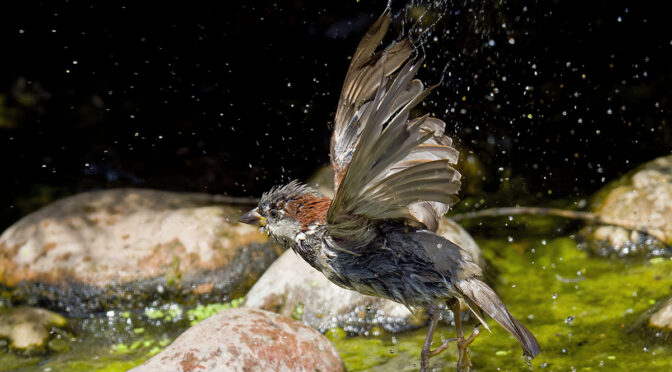


Great piece Tom
The Em1x is a frame rate beast I have been using my 60mm macro and doing shots like you. I have had some excellent results this year. It’s funny how people actually are holding on to these cameras even if they upgrade, on a forum here in the UK some members have bought the latest model – after a few months they sell and stay with the EM1-X!
Great photography Tom and an interesting piece
Hi Mark,
I was unaware of the UK forum you noted and some members staying with the E-M1X. I have noticed a few videos on YouTube the past year or so, extolling the virtues of the E-M1X… some even calling it the best M4/3 camera ever made. Since I’ve never used an OM-1 or OM-1 Mark II I would never comment on those cameras. I am aware of a number of folks who own them and love them.
It really comes down to the needs of individual photographers. There isn’t a day that goes by that I’m not thankful that I had the foresight to buy a pair of E-M1X bodies.
Tom